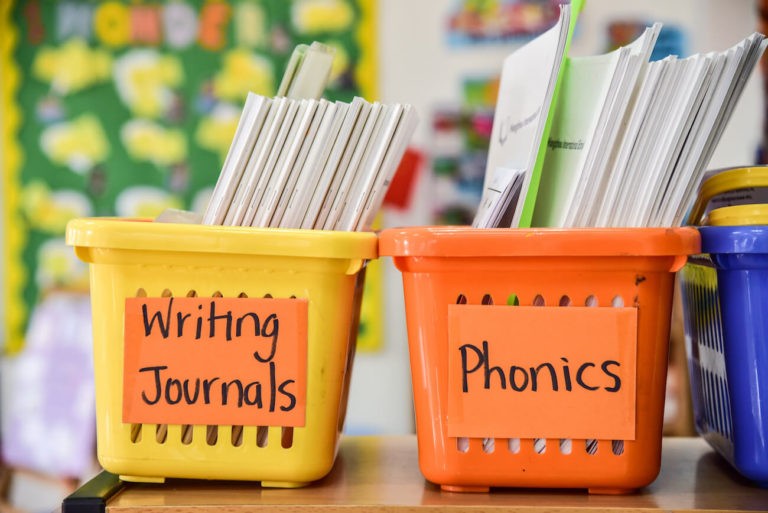Why is organization a big deal? Using simple tips and tricks to organize can make teaching so much easier and learning so much more accessible! Some teachers are naturally organized and some aren’t. For those that aren’t, there are simple ways to become more organized.
Why is Classroom Organization Important?
Teachers spend countless hours at the beginning of each school year prepping their classrooms for students. Why? Because classroom organization is important! It is important for so many reasons. One reason being, an organized classroom allows for a safe learning environment. If items are strewn throughout the classroom in an unorganized way, students or teachers could trip, fire exits could be blocked, or worse. No teacher wants an unsafe classroom!
Additionally, creating an orderly classroom allows students to participate in learning in an environment that is organized, clean, and set up for successful learning to occur. Classrooms that are messy and unorganized create a sense of chaos and set the teacher and students up for potential problems. Being organized can help teachers and students start off with a bang!
By being organized, teachers are creating a more efficient classroom. The more organized the classroom, the easier it will be for students and teachers to find items they need and to keep up with their workload, thus providing students with a better opportunity to be successful and for teachers to be less stressed.
Classroom Organization’s Part in Classroom Management
Not only does classroom organization impact the look and flow of the classroom, it also contributes to effective classroom management. Classroom management refers to the actions and strategies that teachers implement in order to keep their classroom running in a smooth way. Routines, rules, and procedures must be established and practiced in order to achieve effective classroom management. This will help maintain order in the classroom and keep kids calm and focused.
The classroom is a place that transports students on a learning journey. On this journey, the teacher serves as a guide to aid students in reaching their education destination. In order to get students to this destination, it’s important that the makeup of the classroom be sufficiently constructed.
Manipulatives, for example, should be organized and available for student use. Lesson plans and Essential Questions/Objectives should be visible. Student seating should provide for both collaboration and independent practice. Furniture should be strategically placed, learning centers evident, and materials in order so that distractions are minimal. Resources should be organized and appropriate. The classroom environment should be inviting and intriguing.
Classroom management should take top priority as great instruction needs fall on engaged and listening ears to make an impact. When effective teachers serve as guides on the educational journey of students, an organized and well managed classroom is key.
Classroom Organization Ideas to Try in Your Class
There are so many ideas to choose from when organizing a classroom. Check out these few quick and easy tips for organizing your classroom.
- Bins, Bins, Bins!– Organizing items into bins will be a lifesaver. It will take the stress away from locating items and will give everything a home!
- Lists– Create lists to help you stay on top of things. To-Do Lists are a great way to prioritize and make sure things get done.
- Plan Ahead– Plan lessons a week ahead of time so that you aren’t scrambling around at the last minute.
- Get Advice- Ask other organized teachers for advice on how to get your classroom organized.
- Create and Use Charts– Utilize charts in your classroom. Job Charts, for example, will help students feel a part of the classroom while helping things get done.
- Don’t Hoard– Organize things you need and throw away things you don’t need!
- Procedures, Procedures, Procedures– Have schedules and procedures in place such as how students line up, bathroom procedures, etc.
- Set Clear Expectations– Set clear expectations and share/review expectations with students often. Hold students accountable and reteach expectations when students slip up!
- Label- Label areas in the room so that you and students are aware of where they go.
- Classroom layout- Research the best classroom layout for you and your students.
- Create a Classroom Library– Create a Classroom Library where books are organized by level and genre.
- Classroom Management– Stay up-to-date on the latest classroom management strategies.
Staying organized will make your life as an educator easier and create a safe learning environment for students. Try these tips and tricks to get organized!




